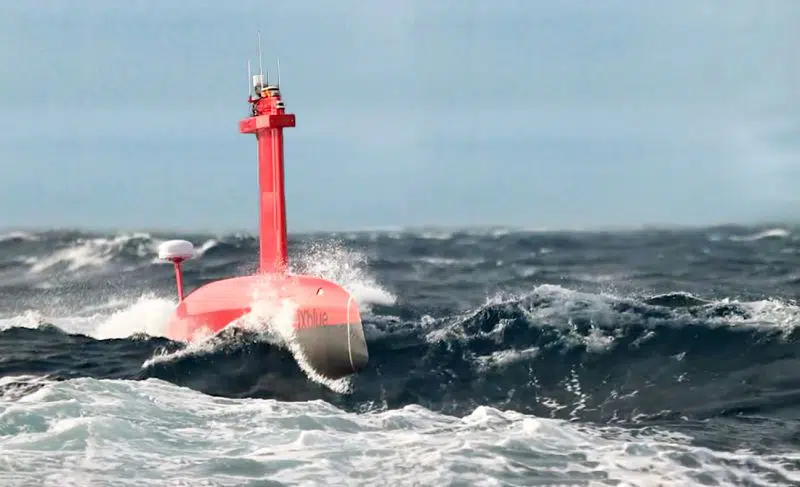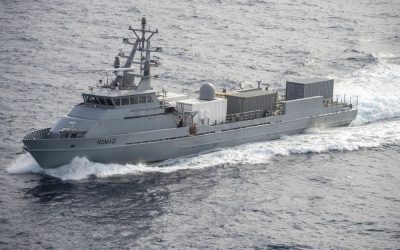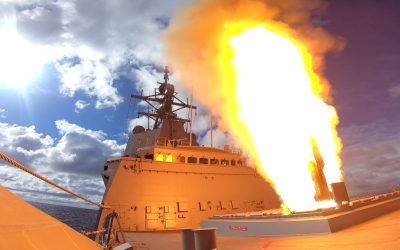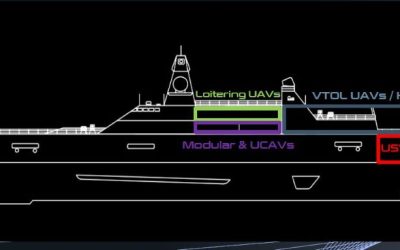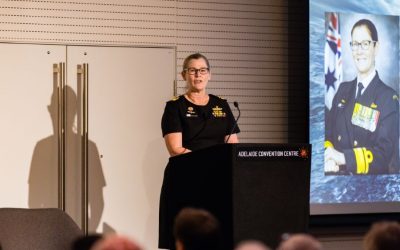Unmanned surface and above-water units are changing the nature of naval classification.
Novel technologies in the naval defence space, from uncrewed surface vessels (USVs) to advanced offshore patrol vessels (OPV), are changing the game for classification societies, and require a more sophisticated approach to risk assessment and validation than ever, as Lloyd’s Register’s (LR) naval business director David Lloyd explains.
The rapid pace of change and adoption of new technologies in naval defence demands an agile and considered risk-based approach from classification societies. With the landmark advances that have been made in autonomy and its enabling, companion technologies, such as artificial intelligence (AI) or digital twins, the typical tasks that we associate with vessel operation which were carried out by onboard personnel can now be completed with far less human input. This progress means navies can utilise these technological advancements to help keep a ship’s crew out of danger.
Exail’s DriX USV, recently certified by LR, is a perfect example of the tangible advantages. The USV is able to conduct both remote-controlled and supervised autonomous operations, can carry out rapid environmental assessment and provide emergency disaster relief with capability for ‘over-the-horizon operations,’ making it extremely useful in situations where human presence becomes hazardous, and the technology needs be used beyond visual range.
And it’s not just the direct impact of the technologies themselves that improve the ability of a naval ship to successfully carry out its mission. By providing access to the same type of intelligence that would typically be gained from a vessel equipped with a helicopter, unmanned aerial vehicles remove or reduce the requirement for the helicopter, its crew and the fuel onboard needed to support it.
The result is that the capabilities of smaller ships can now rival those of larger ones, or even be substantially improved with considerable cost savings, both at acquisition and during their in-service life. And, as a result, many navies are now considering ships in the OPV and corvette size range instead of frigates – something which has been referred to as the concept of the ‘light frigate.’
